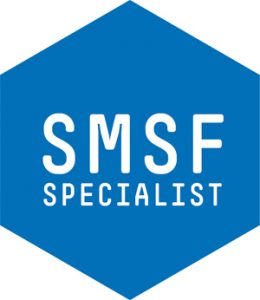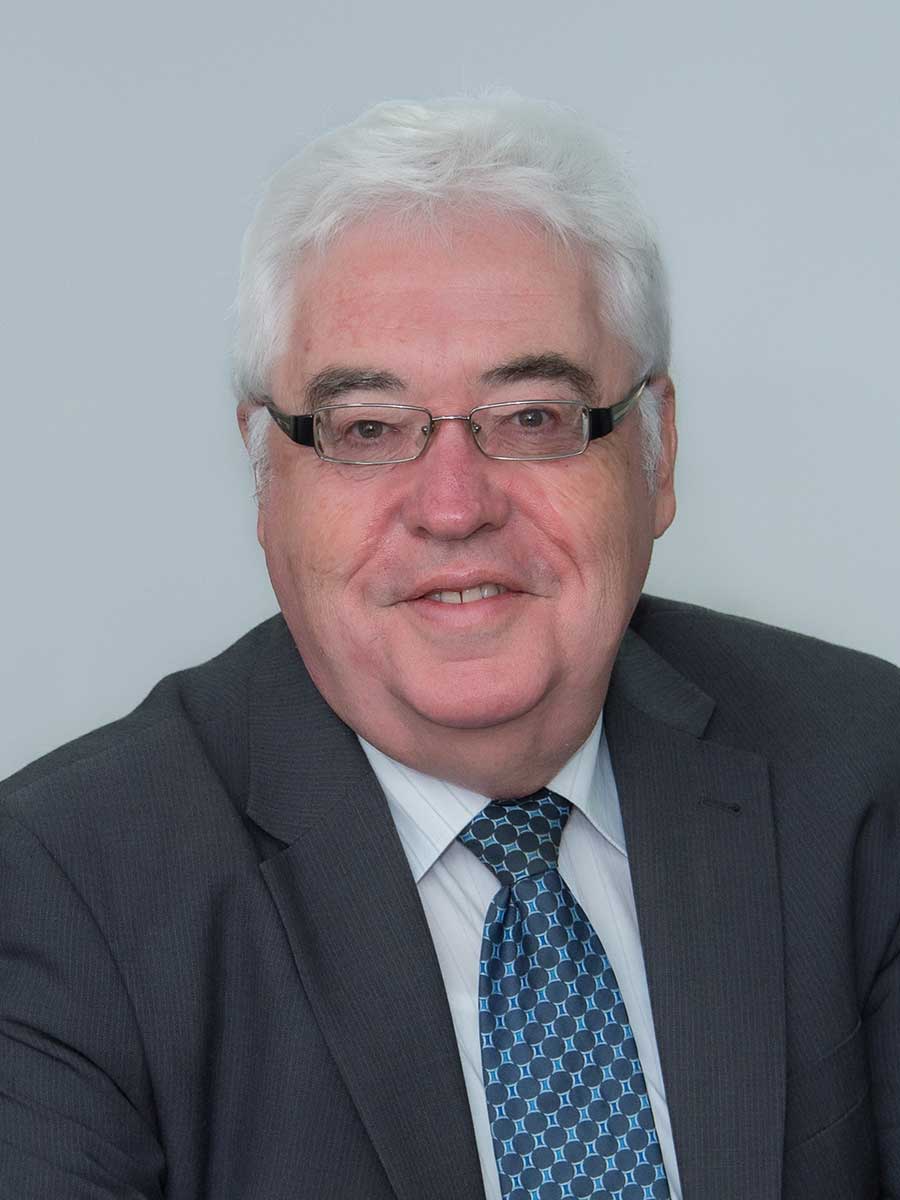The latest industry research has shown SMSFs with low balances grow to levels allowing them to become cost-efficient very quickly.

A significant number of SMSFs considered uncompetitive on a cost basis typically with balances below $200,000 have historically grown to exceed this efficiency threshold in a very short period of time, new industry research has shown.
A Rice Warner study commissioned by the SMSF Association and supported by SuperConcepts found this to be the case when analysing 6000 funds with holding assets of between $100,000 and $200,000 in value at the beginning of 2017.
Rice Warner found by the end of 2017 its sample size had grown to 8000 funds, however, over the 12 months around 2000 had already grown beyond an asset balance of $200,000.
At the conclusion of 2018, the analysis showed around 3000 funds had exceeded the $200,000 cost-competitive threshold, with around 400 in the cohort closed down.
Further, at the end of 2019, just over 3000 funds had balances greater than $200,000 and 1500 funds in the group had been wound up.
“What you see with this over the three years is there’s only a minority of the funds that stay in the range. The biggest single group are the ones that move above the range and there’s a smaller proportion, but still a material proportion, that are actually closed,” Rice Warner senior consultant Alun Stevens observed during an online presentation of the research today.
“If you look at the smaller ones [with balances of] $50,000 to $100,000, the number that close actually rises.
“So what we can see across these ranges quite clearly was the smaller funds were either there because they were in the early phase of their life and they grew quite rapidly … or they are funds that are at the end of their practical life and you see a lot of them get closed.”
As such, there are many SMSFs with small balances remaining in existence for a long time, Stevens noted.
The study into the sector showed SMSFs with asset balances of $200,000 or more are cost-competitive with public offer funds and can be the cheapest retirement saving vehicle when the fund asset pool is in excess of $500,000.
Darin Tyson-Chan
November 23, 2020
smsmagazine.com.au























